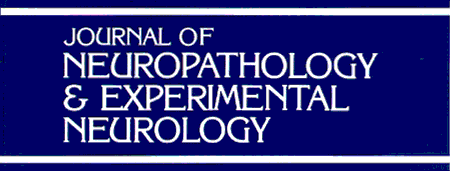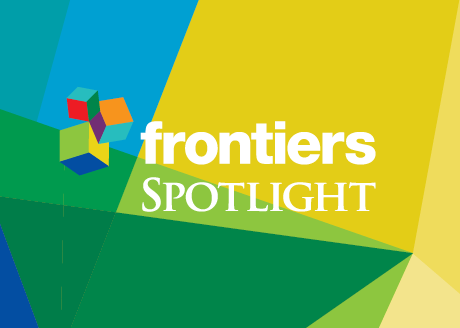
“Schizophrenia is considered a debilitating neurodevelopmental psychiatric disorder and its pharmacotherapy remains problematic without recent major advances. The development of interventions able to prevent the emergence of schizophrenia would therefore represent an enormous progress.
Here, we investigated whether treatment with cannabidiol (CBD – a compound of Cannabis sativa that presents an antipsychotic profile in animals and humans) during peri-adolescence would prevent schizophrenia-like behavioral abnormalities in an animal model of schizophrenia: the spontaneously hypertensive rat (SHR) strain.
Treatment with CBD prevented the emergence of SHRs’ hyperlocomotor activity (a model for the positive symptoms of schizophrenia) and deficits in prepulse inhibition of startle and contextual fear conditioning (cognitive impairments). CBD did not induce any of the potential motor or metabolic side effects evaluated. Treatment with CBD increased the prefrontal cortex 5-HIAA/serotonin ratio and the levels of 5-HIAA on post-natal days 61 and 90, respectively.
Our data provide pre-clinical evidence for a safe and beneficial effect of peripubertal and treatment with CBD on preventing positive and cognitive symptoms of schizophrenia, and suggest the involvement of the serotoninergic system on this effect.”
https://www.ncbi.nlm.nih.gov/pubmed/30186164
https://www.frontiersin.org/articles/10.3389/fphar.2018.00901/full



 “Autism Spectrum Disorder (ASD) is characterized by persistent deficits in social communication, restricted and repetitive patterns of behavior, interests, or activities and often intellectual disabilities.
“Autism Spectrum Disorder (ASD) is characterized by persistent deficits in social communication, restricted and repetitive patterns of behavior, interests, or activities and often intellectual disabilities.




